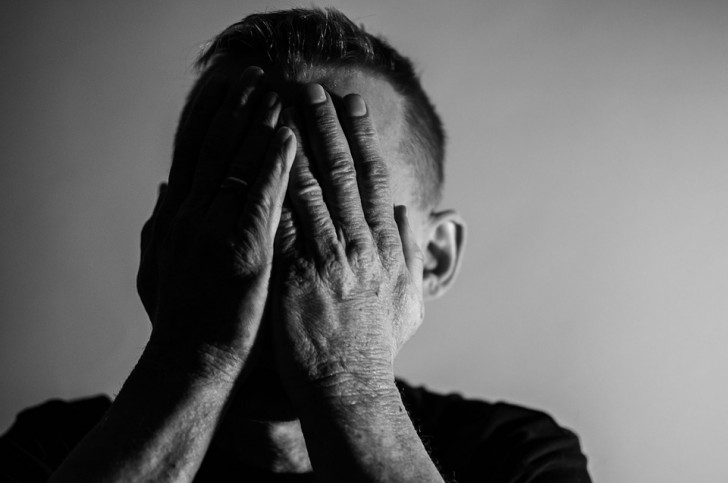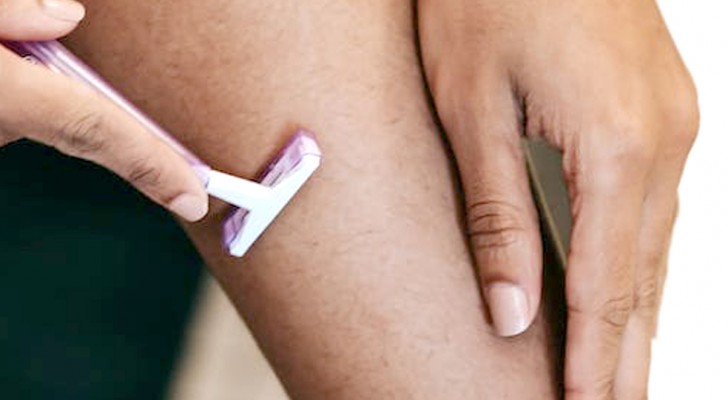A therapist shares 5 simple strategies to control anxiety and panic attacks

Physiological anxiety is defined as the normal emotional condition created by the body as a response to a stressful situation.
On the other hand, a completely different story is pathological anxiety, that is to say, the same psychophysical response which is however disproportionate with respect to the triggering or even unmotivated context.
In modern society, the incidence of anxiety crises or worse still panic attacks is unfortunately on the rise. Here are 5 simple strategies to use to ease the tension, in case of need.
NB: The advice we give you can NEVER replace the opinion of a doctor or the treatments that a specialist can prescribe for a specific pathology.

- Do something relaxing. When you realize that your anxiety is building up, then before it rises to levels that trigger a panic attack, you can divert your attention by occupying your mind with something relaxing or fun. Listening to music, playing with a mobile phone, drawing or whatever, are all useful strategies to relieve stress.
- Speak with someone. Among the most common behaviors adopted by those suffering from anxiety and panic is the action of avoiding and procrastinating, that is, postponing or refraining completely from commitments or activities that are known or thought to cause stress. In these cases, it can be useful to talk to a trusted person, who knows the problem and with whom you share an emotional connection. In the most egregious cases, professional help and support from a therapist is essential.
- Breath deeply. When in a state of anxiety one of the first symptoms is a change in the way and speed with which one inhales and exhales. Therefore, breathing is done quickly and superficially involving only the upper lungs. Unnatural hyperventilation leads to a gaseous imbalance in the blood, causing confusion, dizziness, and nausea. An effective method to reverse this process is to breathe through the diaphragm, that is "with the belly", slowly and deeply, thus decreasing blood pressure and heart rate.

- Moving the body to control the mind. During a panic attack, a central feature is the feeling of losing control. Working out or doing some physical activities such as jumping, running, clapping or shaking your head can help you get back in touch with reality and to feel yourself in the present.
- Visualize a pleasant situation. Another excellent strategy to effectively combat anxiety and panic attacks is to imagine being in a safe and pleasant environment, perhaps in a natural setting, such as a place where you have been or want to visit.
Today, anxiety and panic disorders are still being belittled, stigmatized or neglected due to general ignorance or embarrassment.
Consequently, the first step in solving this type of problem is learning to recognize and accept it. Running away only makes things worse, you have to face your condition with maturity and serenity while being supported by experts or by those who have already had to deal with these problems and have managed them successfully.





